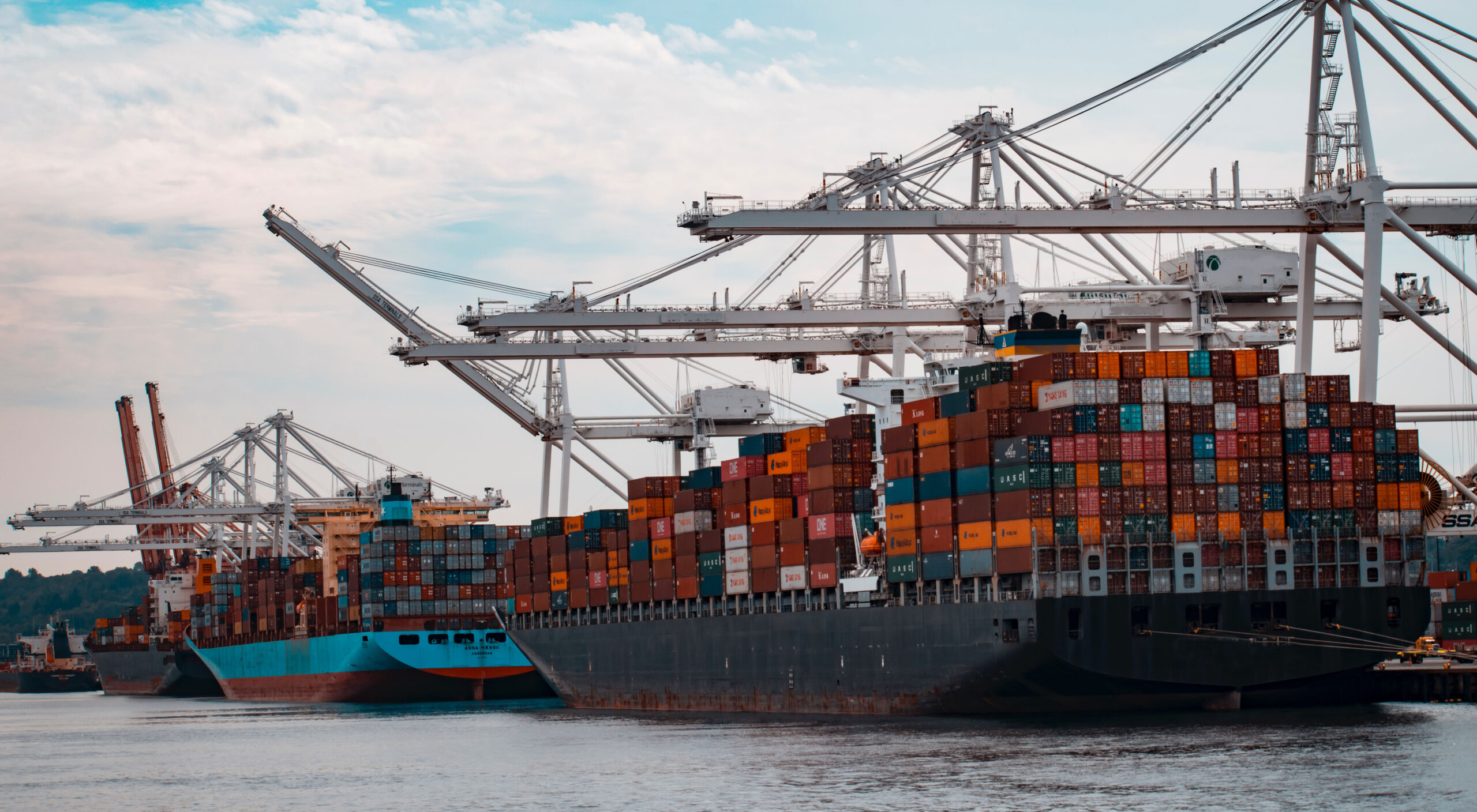A Firestorm of Litigation Over China Tariffs in the Court of International Trade

Many importers have complained about the U.S. Trade Representative’s (USTR) seemingly arbitrary implementation and administration of Section 301 tariffs on China-origin products over the past two years. That pent-up frustration exploded in early September when a lawsuit in a generally quiet federal court generated a firestorm of interest and follow-on litigation based on an unprecedented but strong legal challenge to the USTR’s authority.
In HMTX Industries LLC v. United States, a vinyl tile importer challenged the USTR’s 2018 implementation of Section 301 “List 3” and “List 4” duties as both an overstepping of its authority and as suffering from fatal procedural defects. This led to a flood of lawsuits — approximately 3,500 at last count — in an obscure federal court called the Court of International Trade, a court that generally sees only a few hundred cases a year.
HMTX’s claims are twofold. First, that USTR’s implementation of List 3 and List 4 tariffs in late 2018 violated the 1974 Trade Act. The lawsuit recognizes USTR’s broad authority to conduct Section 301 investigations of unfair trade practices and barriers and implement responsive tariffs. In the case of China, USTR implemented two preliminary rounds of tariffs — “List 1” and “List 2” tariffs — that were justified as directly responsive to China’s unfair trade practices. But HMTX argues that the List 3 and List 4 tariffs were so removed, temporally and substantively, as to be beyond USTR’s statutory authority.
Second, HMTX argues that USTR’s implementation of List 3 and List 4 tariffs violated the Administrative Procedure Act’s (APA) procedural requirements, alleging that USTR’s actions were arbitrary and capricious and that the APA’s notice and comment requirements were ignored.
The rush of companion lawsuits was driven in large part by concerns over a possible two-year statute of limitations on bringing such claims. While the applicable procedural and customs laws are complex, under one theory importers had to file a lawsuit within two years of the issuance of the List 3 rules (Sept. 21, 2018) to preserve their rights. Other importers have since filed companion lawsuits based on other theories, such as the two years not beginning until the date the U.S. government started to collect tariffs or even the date that any specific importer began paying such tariffs. This could create a rolling statute of limitations for different importers. Depending on how the court ultimately rules, it is also possible that non-parties could still claim relief and reimbursement of the List 3 and List 4 tariffs.
Currently, the Court of International Trade is considering motions from the government and various parties for case management procedures, including appointing a three-judge panel, a plaintiff steering committee, and test cases. The court utilized all three tools in managing a previous similarly complex quasi-class action contesting harbor maintenance fees and, therefore, is likely to do so again in the HMTX matter.
Taft represents multiple clients in Court of International Trade Section 301 litigation and regularly advises companies on tariff and other trade-related matters. Importers of record that want to learn more about the litigation can contact Taft’s International Trade team.
In This Article
You May Also Like
From No-Shows to Notices: A Guide to Navigating Labor Disruptions NLRB Inches Closer to Full Strength